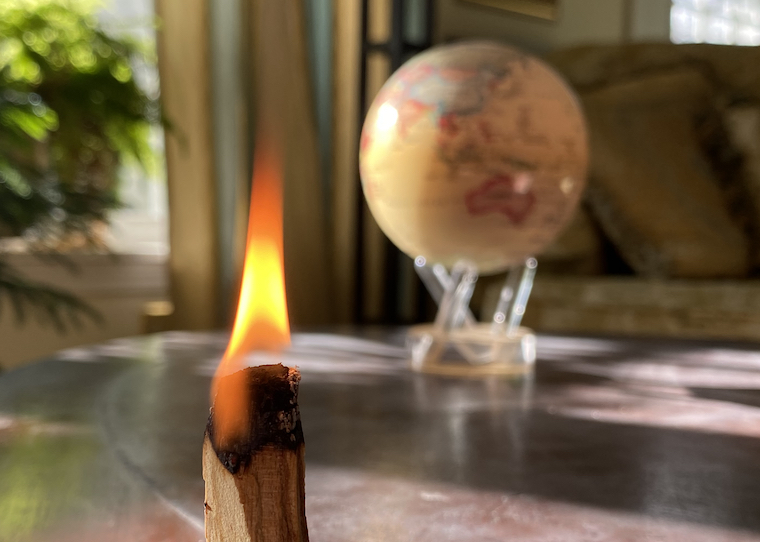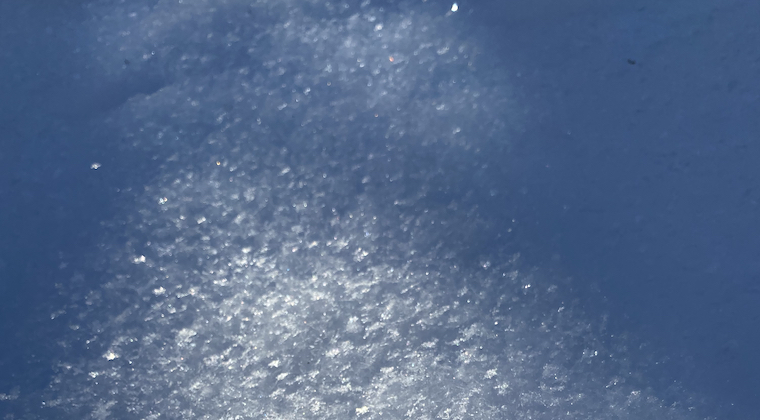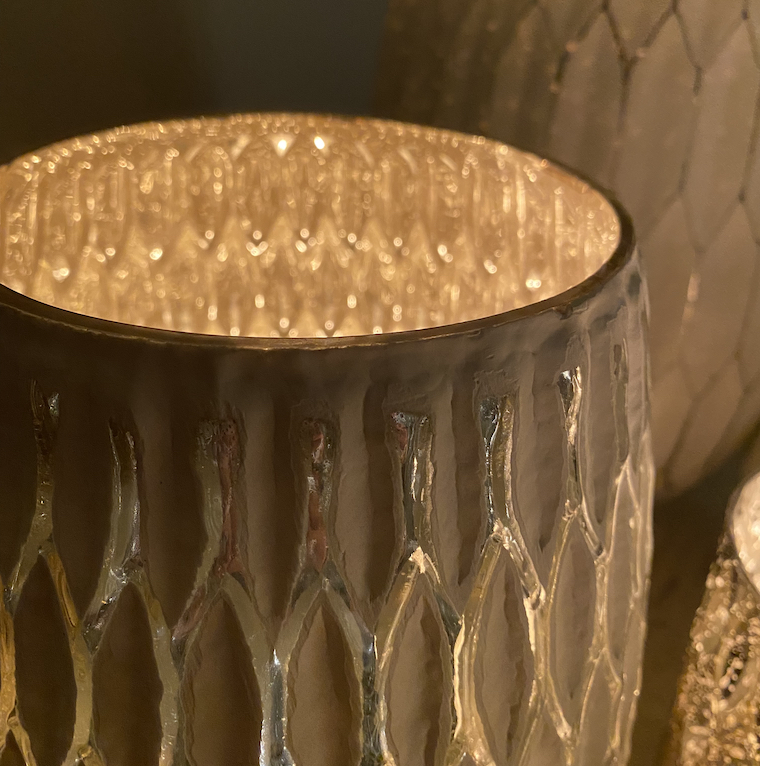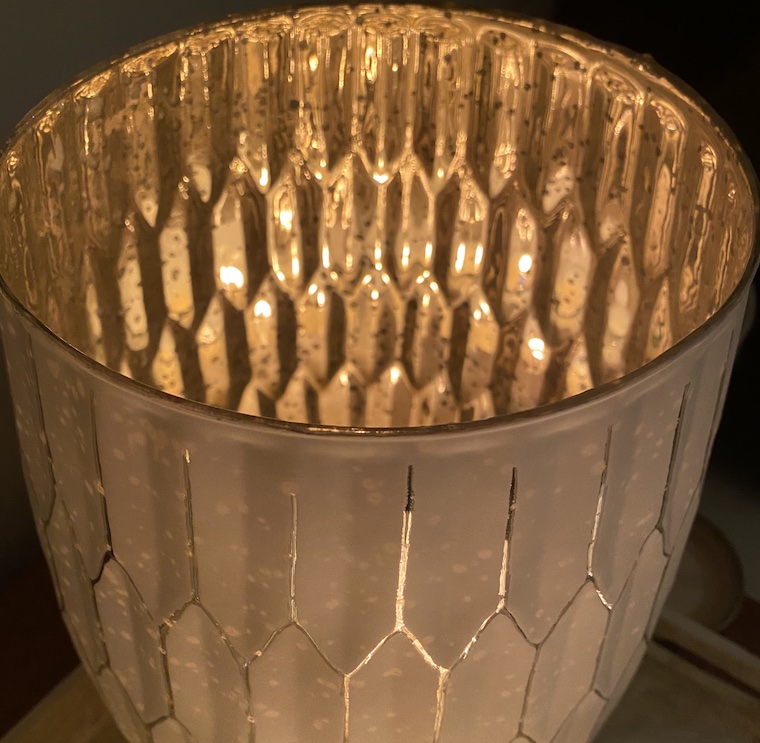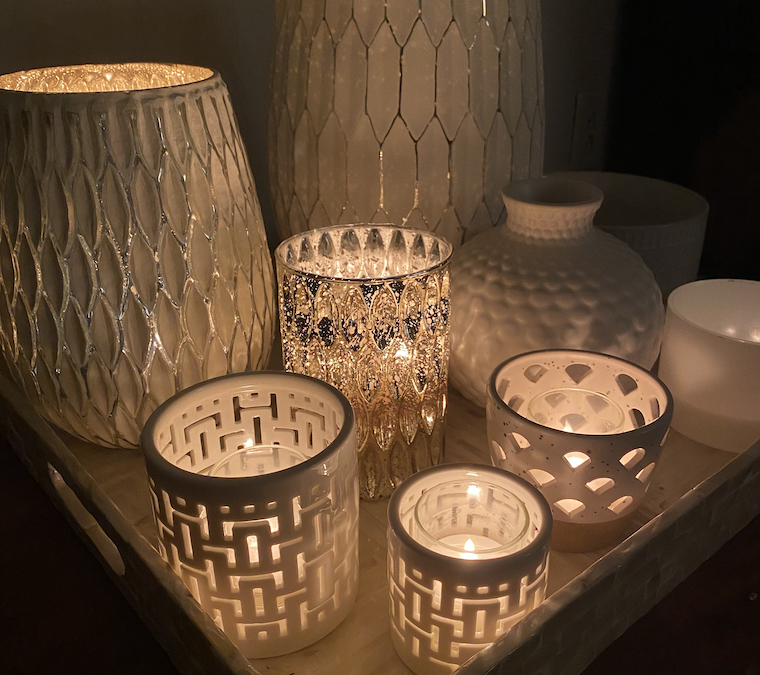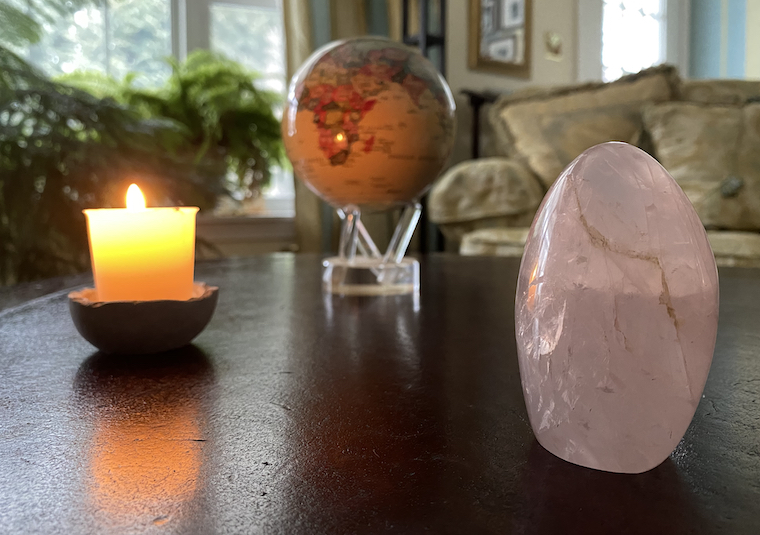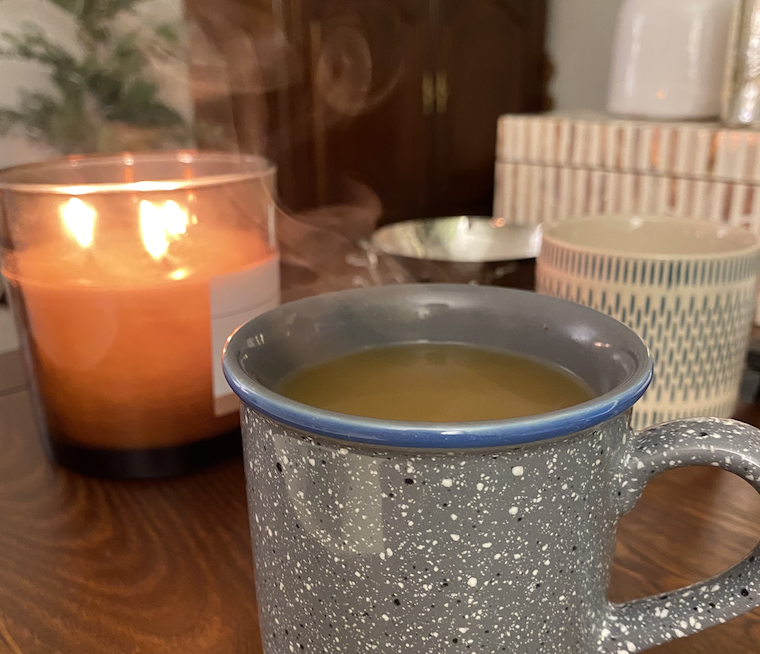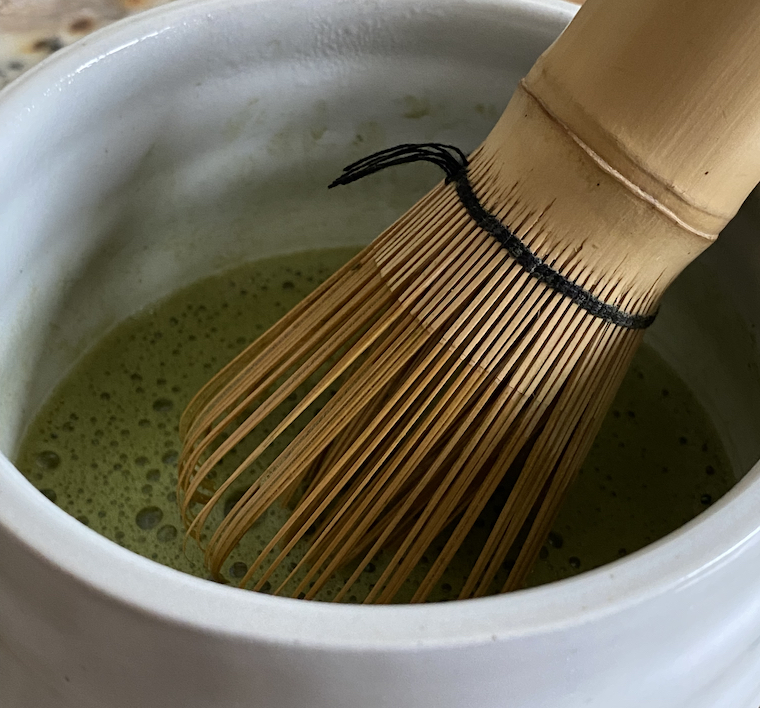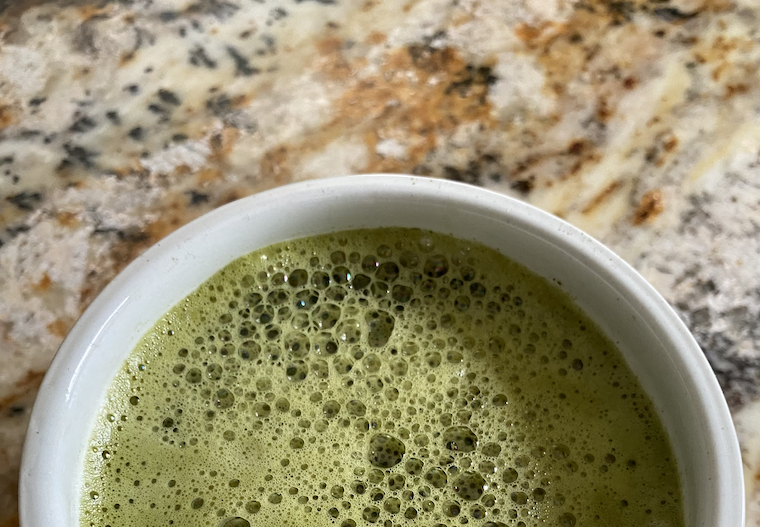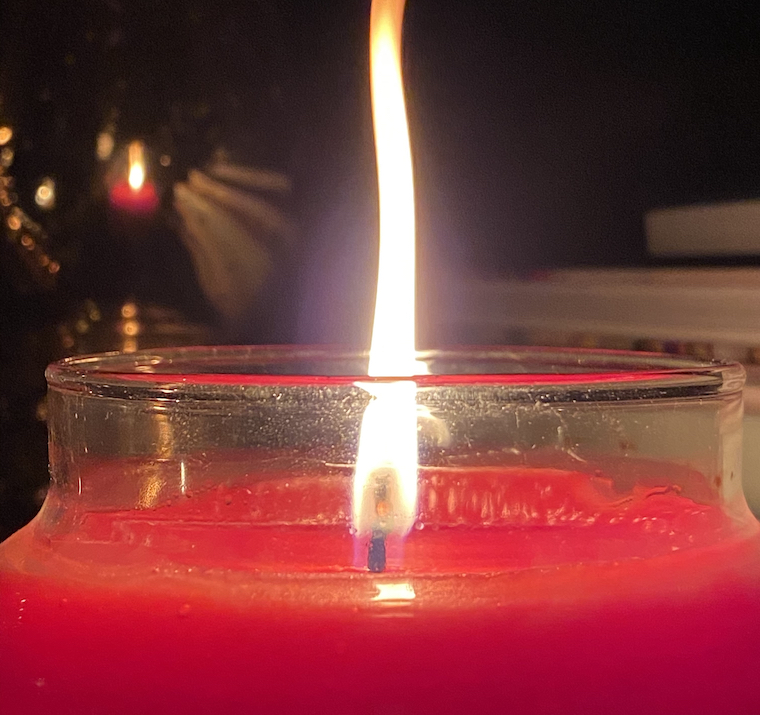“My first big insight came when I realized that my reactions to these experiences were causing me more pain than the experience itself.” –
Let’s begin this work week with a scene from the start of the recent weekend. Thinking back to a hopeful and exciting Friday morning on a Monday has usually been a source of annoyance and agitation. Withdrawal from relaxation and fun during a mundane start of the week has never been a favorite mindset. But lending such negative feelings to what is past and done takes away from the memory of good weekends, while also serving to depress and upset what could otherwise be a perfectly sunny Monday.
And so it was this past Friday, when I woke to head out to Boston for the weekend, on which I decided to set a new intention. The day was sunny – and windy – and the living room was illuminated by the sun as well as its reflection off the snow, unmitigated by leafy canopies as the branches were bare. It made for the brightest this room gets – a lovely anomaly during what is typically a darker part of the year. As the wind raged outside, I sat down and lit a stick of Palo Santo, watching its flames almost disappear into the light, then studying the curling tendrils of smoke once the flame went out.
The wind was almost thunderous in its power and might, churning and moaning like a restless ocean. We don’t get such wind, even in the winter, and it was a reminder of nature’s magnificence. Listening to the ebb and flow of its drone, knowing that what I was hearing was already muted and blunted, and the actual force much stronger were I to open the door, there was a strange sense of calm and peace. The sun’s strength undulates as well, with passing clouds moving swiftly across the sky, changing the light in the room in gentle waves.
When a series of strong wind gusts rolls over the house, I hear the cracks and clicks of the trees, and the cracks and clicks of our home, all standing in brave defiance of the wind, in defiance of the winter, as if we could hold it off forever, as if we won’t one day be leveled by it all. But that doesn’t scare me, because there is no point in being scared of what may come. The best and surest way to get through life is to do it one moment at a time. On this morning, there is sun shining through the wind, there is the promise of a weekend away, and there is a meditation playing out with slow breaths in and out.
“Mindfulness is simply being aware of what is happening right now without wishing it were different; enjoying the pleasant without holding on when it changes (which it will); being with the unpleasant without fearing it will always be this way (which it won’t).” –


